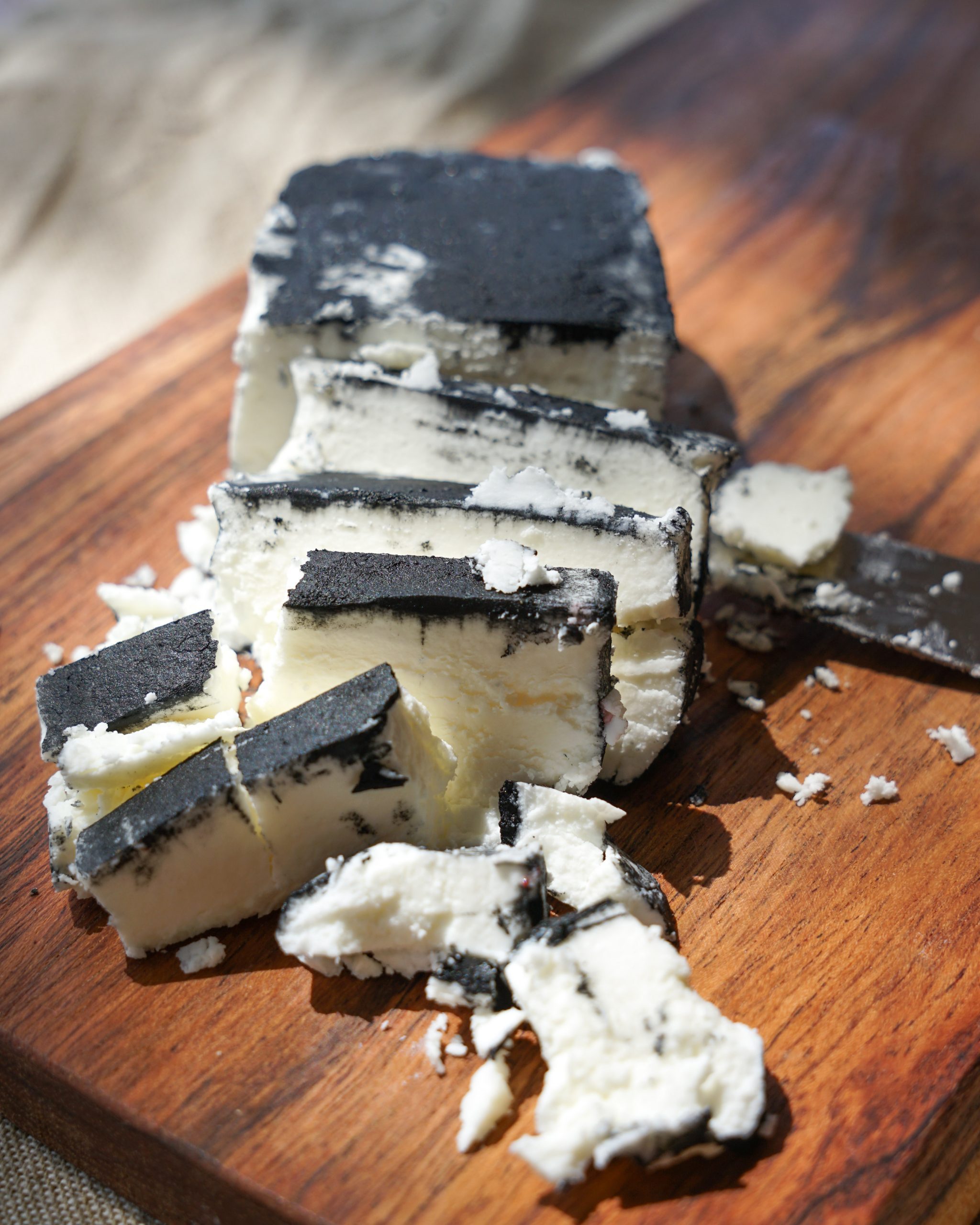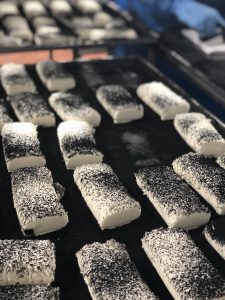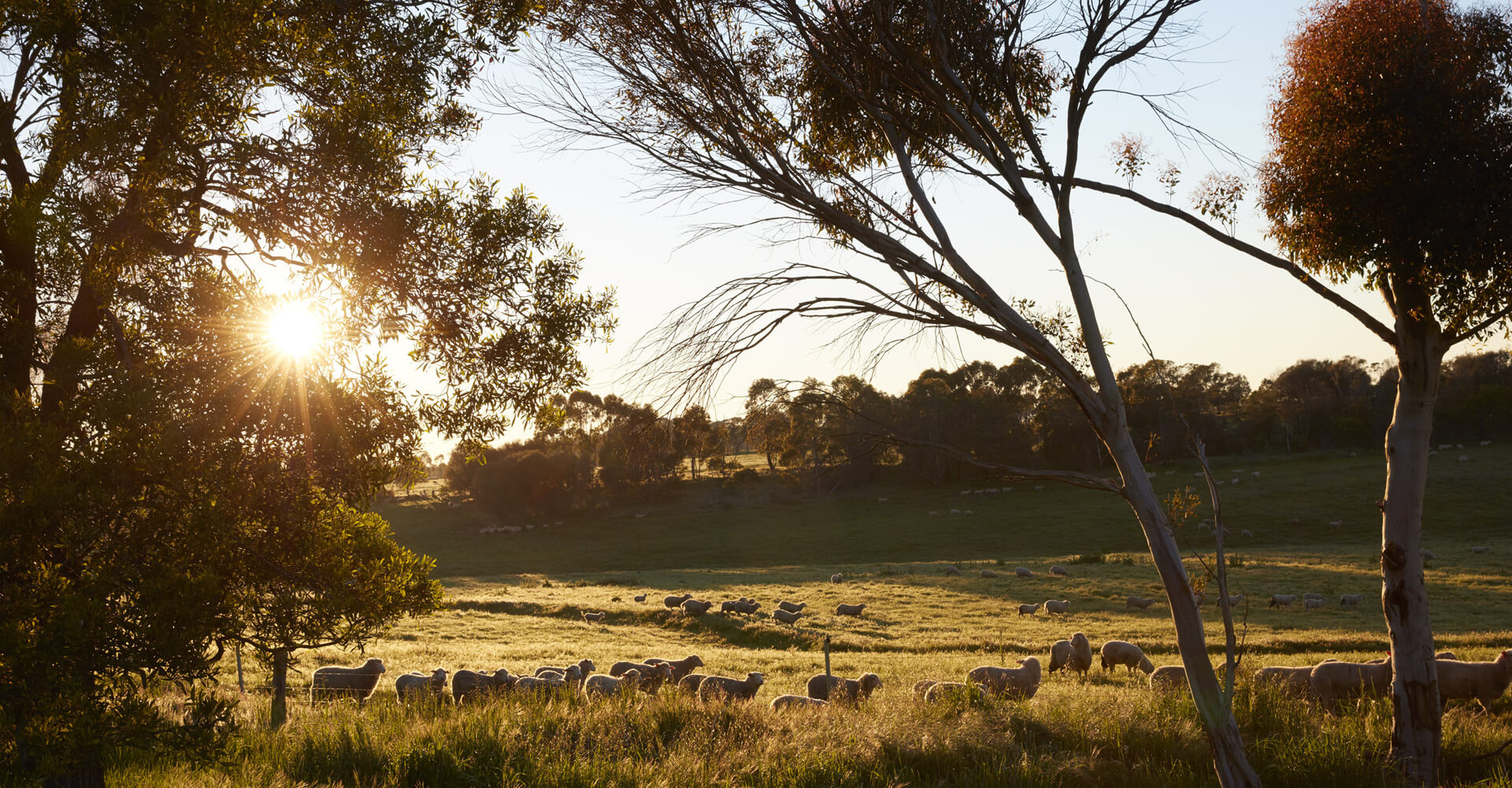
A fortuitous accident: the story behind ash chèvre
Archaeologists suspect cheese was around possibly 10,000 years ago, and likely related to the domestication of sheep. There are references of sheep and goat cheese in the bible and evidence of cheese found in Egyptian tombs. The first cheese was possibly made by accident when milk was transported or stored in vessels created using sheep stomachs, (ruminant digestive enzymes, or rennet, is still used today to make curds and whey). It is also possible that the use of charcoal or ash in cheese making was a fortuitous accident.
For centuries, ash was used to stop water fowling and food rotting, especially on long sea voyages. Milk is a valuable source of food and in ancient times: it was only available in spring when lambs and kids were born. To ensure a supply of dairy for other times, cheese was made by heating the milk and adding rennet. It was salted, stored, and protected from insects by covering the surface with ash, possibly from the fire used to heat the milk.
Ash is sterile, odorless, and tasteless, but it became apparent that it dried the surface of the cheese and changed the surface acidity. The ash created a protective rind which slowed the ripening process, allowing time for beautiful, complex flavours to develop. A whole new world of cheese delicacies was discovered: most famous being the bloomy rind ash goat cheeses of France.


Due to advances in science, we now understand the complex fermentation process of cheese. Today, food preservation is achieved with modern packaging and refrigeration, however, ash is still used to create the desired surface environment and flavour for some complex cheeses. At Meredith Dairy, we use ash to make a chèvre for aesthetic, practical and traditional reasons.
The contrasting pure white cheese with the black surface is a visual and historic statement. It gives homage to the shepherds and cheesemakers who centuries ago may have by accident created history, made a scientific discovery, changed the life and flavour of cheese, and invented a process still used today.
Note: There are no facts to offer up evidence of theories given in this article. It’s purely romantic imagery of the resourcefulness of our ancestors, the gifts from nature and an endless desire to improve.


